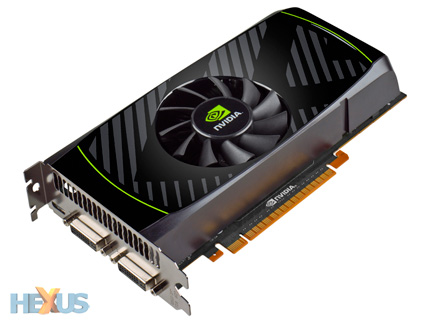Final thoughts
NVIDIA has too many GPUs vying for space in a congested market. Look to spend £90-£130 - yeah, pretty arbitrary, we know - on your next graphics-card upgrade and just on NVIDIA's side you can plump for a GeForce GTS 450; GTX 460 768MB; GTX 460 1GB and, now, a GTX 550 Ti: phewee.
Making sense of it all, GTX 460 1GB is the standout card of the bunch, offering an excellent performance-per-pound metric. Go right down and the GTS 450 1GB isn't a bad bet, if you can find one cheap enough. Stuck in the middle is the all-new GTX 550 Ti, and pricing is such that it really is in no-man's land.
But what if you already have a GTS 450 1GB and wonder if a quick trip to the Bay of Fleas is in order, supplanting it with the GTX 550 Ti? Our advice would be that it's not, curbed by the knowledge of how stock-clock cards perform. Ratchet up the GTS 450 to the same clocks as a GTX 550 Ti and, going by the numbers in this examination, the 550 Ti becomes an even harder sell.
Being even-handed, most GTX 550 Ti arrive in pre-overclocked form, thereby widening the gap between GPUs, but this article reinforces the notion that price, not technical prowess, is what's holding NVIDIA's latest GPU back. What's more, AMD's significant performance gains with Catalyst 11.4 drivers mean that it's hard to overlook the 17-month-old Radeon HD 5770 1GB card.
NVIDIA will undoubtedly shift a large number of GeForce GTX 550 Ti cards, with most populating mid-range PCs from large-capacity system builders. Enthusiasts, though, will do well to steer clear until the price drops below the magical £100,














